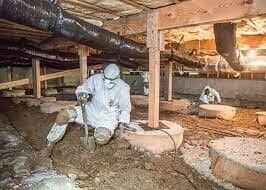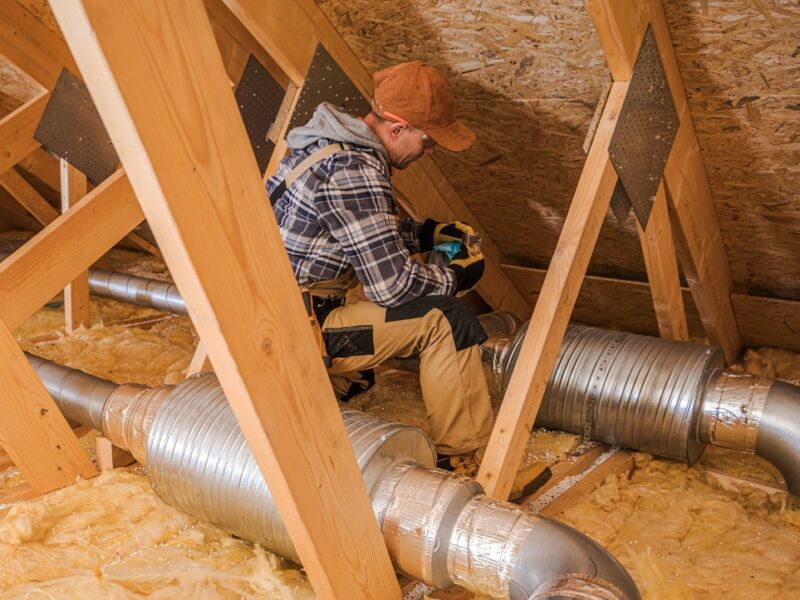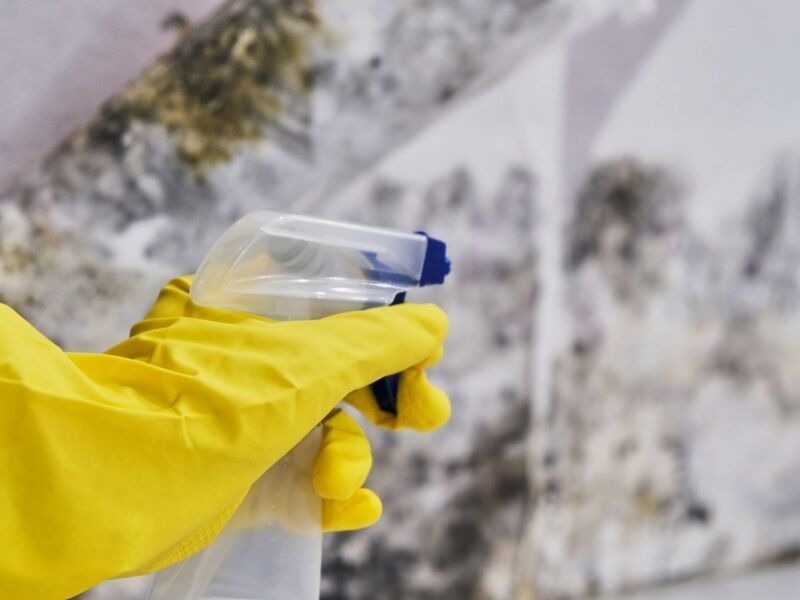
Introduction
Water damage restoration is a crucial process that aims to restore properties affected by water and mitigate further damage. One commonly overlooked area prone to water damage is the crawl space. In this comprehensive guide, we will explore the importance of keeping crawl spaces dry and delve into the process of water damage restoration.
The Importance of a Dry Crawl Space

A crawl space is a small, enclosed area typically found beneath a building or house. It is designed to provide access to pipes, electrical wiring, and other systems. One might wonder if a crawl space needs to be completely dry. The answer is yes, and here’s why:
1. Prevents Mold Growth
A damp and wet crawl space creates an ideal environment for mold growth. Mold can spread rapidly and pose health risks to the occupants of the building. Proper water damage restoration includes drying out the crawl space to prevent mold infestation.
2. Preserves Structural Integrity
Excessive moisture in the crawl space can lead to wood rot and weaken the structural integrity of the building. Ensuring a dry crawl space helps to maintain the strength and stability of the foundation and other supporting structures.
3. Prevents Pest Infestations
A damp crawl space can attract pests like termites, rodents, and insects. These pests can cause damage to the building’s structure and compromise its safety. Keeping the crawl space dry helps deter pest infestations.
4. Improves Indoor Air Quality
A moist crawl space can contribute to poor indoor air quality, leading to respiratory issues and allergies. Moisture in the crawl space can promote the growth of mold and mildew, releasing airborne spores that can be harmful when inhaled. Drying the crawl space improves indoor air quality.

The Process of Water Damage Restoration
Water damage restoration involves a systematic approach to restore a property affected by water. Here are the key steps involved in the process:
1. Assessment and Inspection
The first step in water damage restoration is a thorough assessment and inspection of the affected area. Experienced professionals evaluate the extent of the damage and identify the source of the water intrusion, such as a leaky pipe or flooding.
2. Water Extraction
Once the assessment is complete, the next step is water extraction. Specialized equipment, such as pumps and vacuums, is used to remove standing water from the property. This helps prevent further damage and aids in the drying process.
3. Drying and Dehumidification
After the water is extracted, the property is dried using air movers, dehumidifiers, and other drying equipment. This step aims to eliminate moisture and prevent mold growth, restoring the property to its pre-water damage condition.
4. Cleaning and Sanitization
Once the property is dry, thorough cleaning and sanitization take place. This involves removing any debris, disinfecting the affected areas, and restoring the property to a safe and hygienic condition.
5. Restoration and Repairs
After the cleaning and sanitization process, the final step is restoration and repairs. This includes repairing damaged structures, replacing materials if necessary, and restoring the property to its original state.
Water Damage Restoration Services
When it comes to water damage restoration, it is essential to hire professional services. JGW Group Water Damage Restoration offers a wide range of services, including:
- Crawlspace Water Restoration
- Sewage Water Restoration
- Storm Damage Water Restoration
- Mold Restoration
- Drywall Restoration
With their expertise and state-of-the-art equipment, JGW Group Water Damage Restoration ensures efficient and effective restoration of properties affected by water damage. You can learn more about their services by visiting their website.
Related Resources
For additional information on water damage restoration, you may find the following resources helpful:
- Water Damage Restoration Vs. Water Mitigation
- The Best Water Damage Restoration Services of 2023
- Water Damage Restoration Collection Articles
- 8 Best Water Damage Restoration Services (2023 Guide)
- Best Water Damage Restoration Services of 2023
- Water Damage Restoration: The Complete Guide
Important Facts and Statistics about Water Damage Restoration
Here are some important facts and statistics related to water damage restoration:
- In the United States, water damage accounts for 23% of all property insurance claims.
- Water damage restoration costs vary depending on the severity of the damage, ranging from a few hundred dollars to several thousand dollars.
- Mold can begin to grow within 24 to 48 hours after water exposure.
- According to the Insurance Institute for Business & Home Safety (IBHS), 98% of basements in the United States will experience some form of water damage during their lifespan.
- Water damage can lead to electrical hazards, as water can damage wiring and increase the risk of electrical fires.
Frequently Asked Questions (FAQ)
Should I attempt to restore water damage myself?
What does water damage restoration cost?
Conclusion
Maintaining a dry crawl space is crucial for preventing mold growth, preserving structural integrity, and ensuring good indoor air quality. Water damage restoration is a comprehensive process that involves assessment, water extraction, drying, cleaning, and restoration. Hiring professional services, such as JGW Group Water Damage Restoration, is essential for efficient and effective restoration. By understanding the importance of water damage restoration and taking appropriate measures, property owners can protect their investments and maintain a safe and healthy environment.



